Day of the Dead
Celebrated annually on November 1, the Day of the Dead (Día de los Muertos) is a time to celebrate lost loved ones. While the holiday is a relatively modern tradition, its origins date back thousands of years.
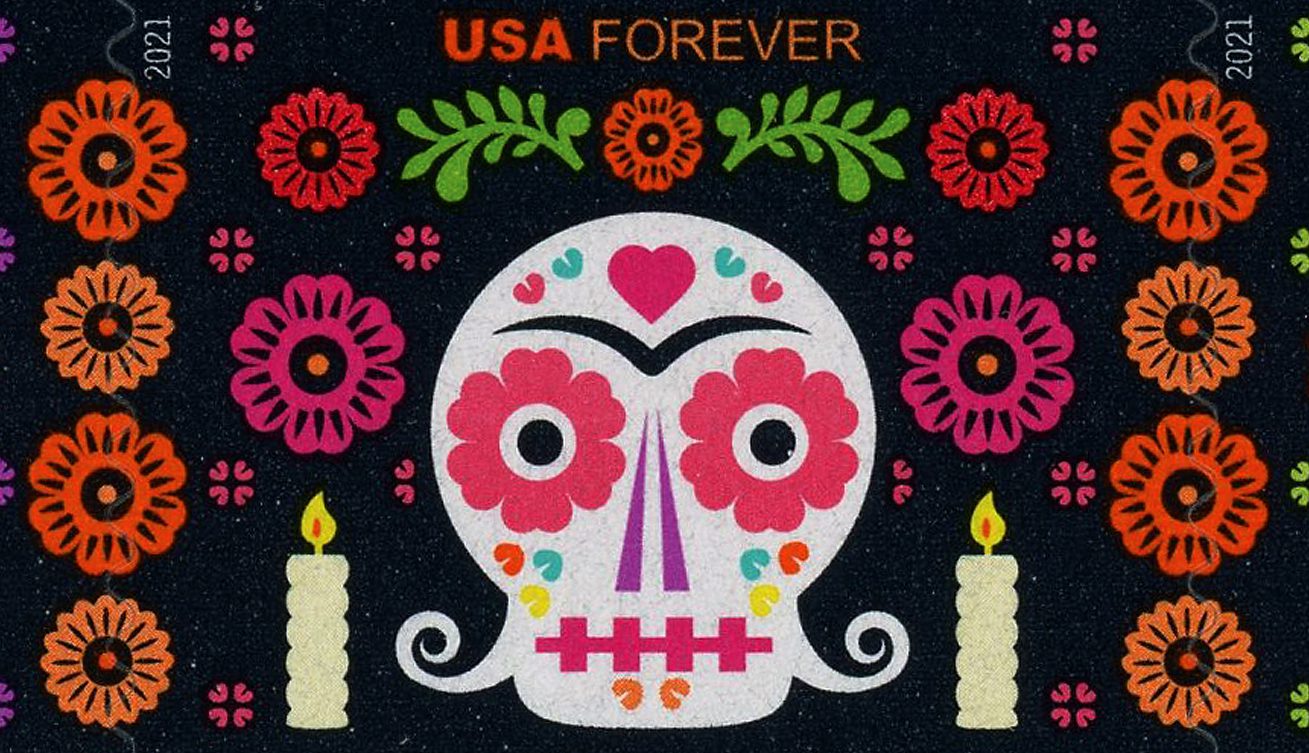
Celebrated annually on November 1, the Day of the Dead (Día de los Muertos) is a time to celebrate lost loved ones. While the holiday is a relatively modern tradition, its origins date back thousands of years.
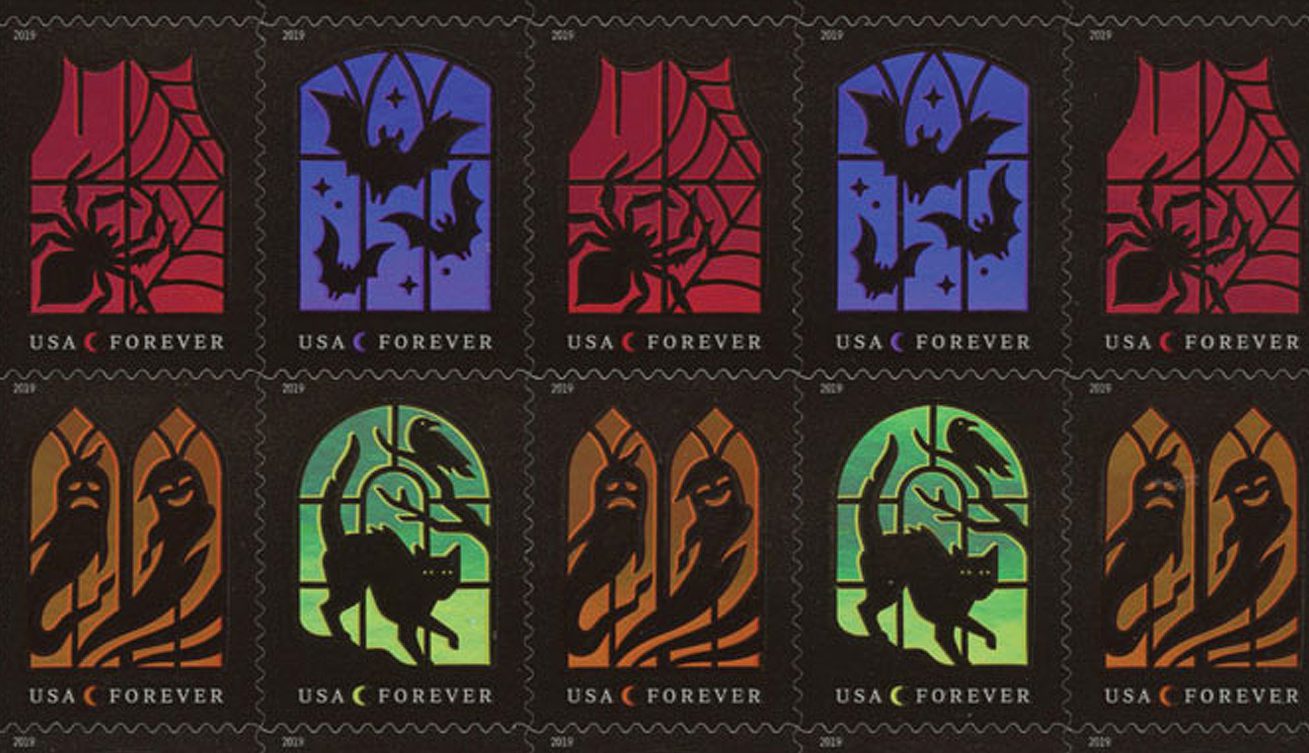
Do you know some of the early origins of Halloween? Or how Jack-o’-lanterns got their name? Read on to discover lots of neat Halloween history…
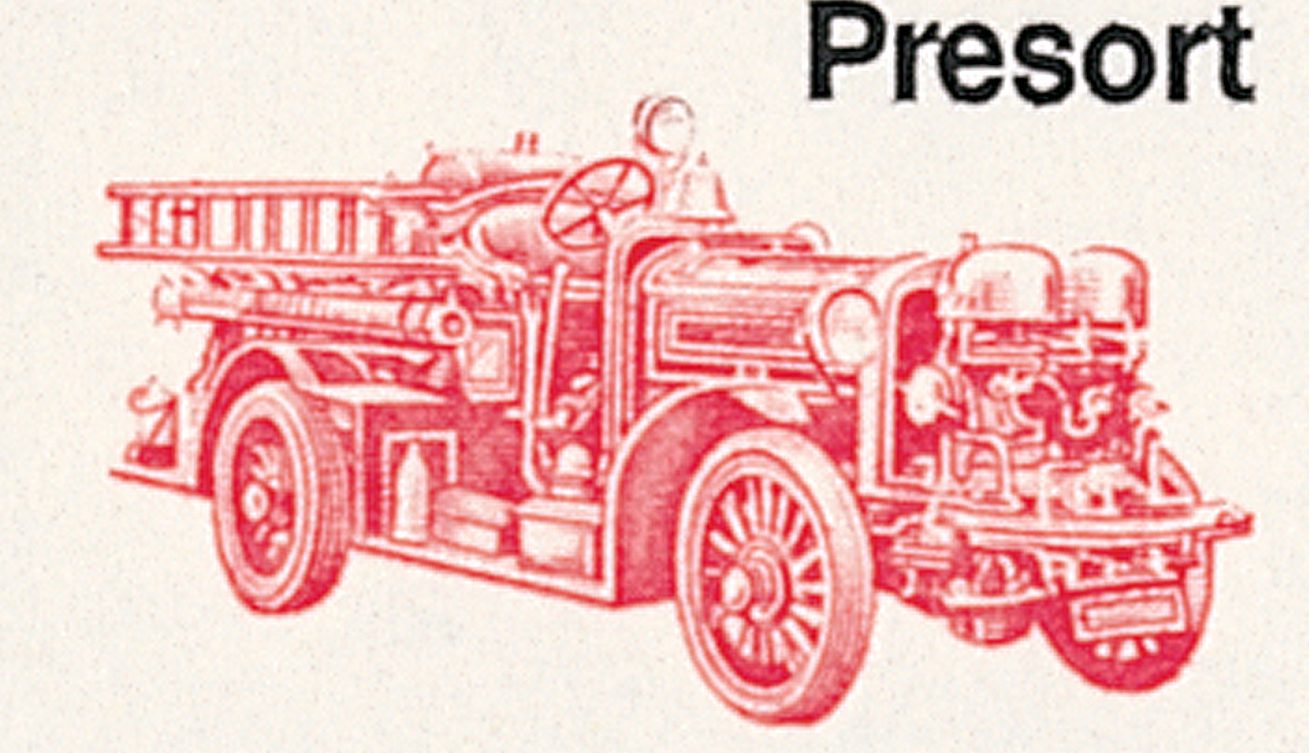
In parts of the US, Canada, and Great Britain, October 30 is celebrated as Mischief Night. It’s a night for older children, teens, and adults to engage in a little mischief, and has a history dating back to the 1700s!
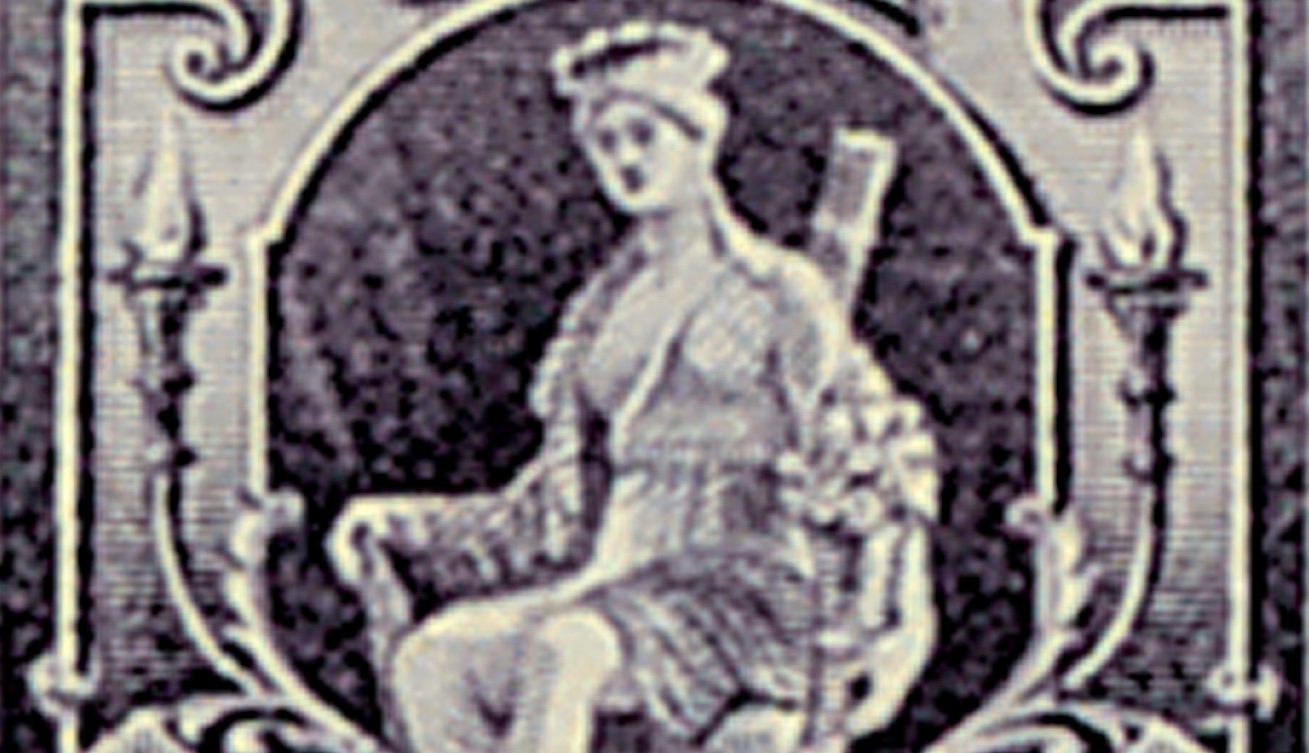
On October 19, 1960, President Dwight D. Eisenhower established the first embargo on Cuba. It banned most US exports to Cuba, including postage stamps!
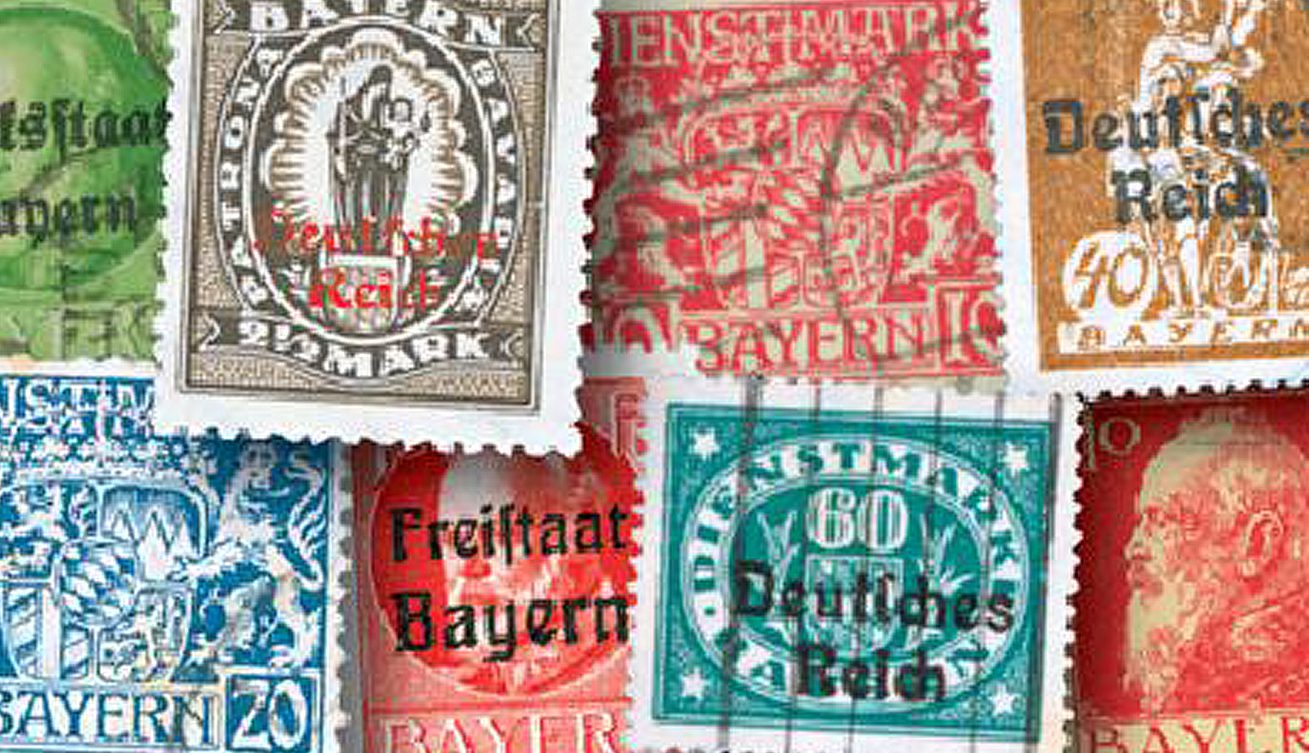
The first Oktoberfest began on October 12, 1810. Initially a celebration for the crowned prince’s wedding, it’s grown to become the largest folk festival in the world.
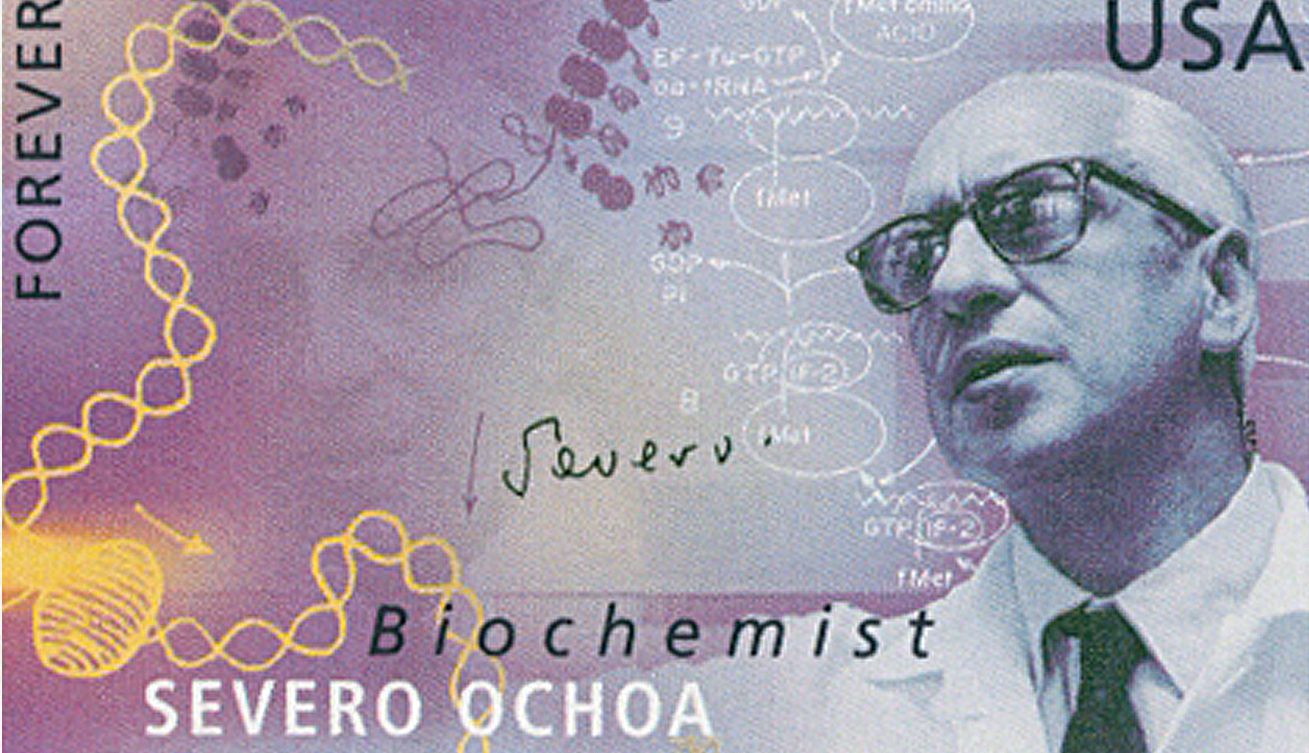
Severo Ochoa de Albornoz was born on September 24, 1905, in Luarca, Spain. Ochoa researched how cells build proteins like RNA, which earned him the Nobel Prize in 1956.
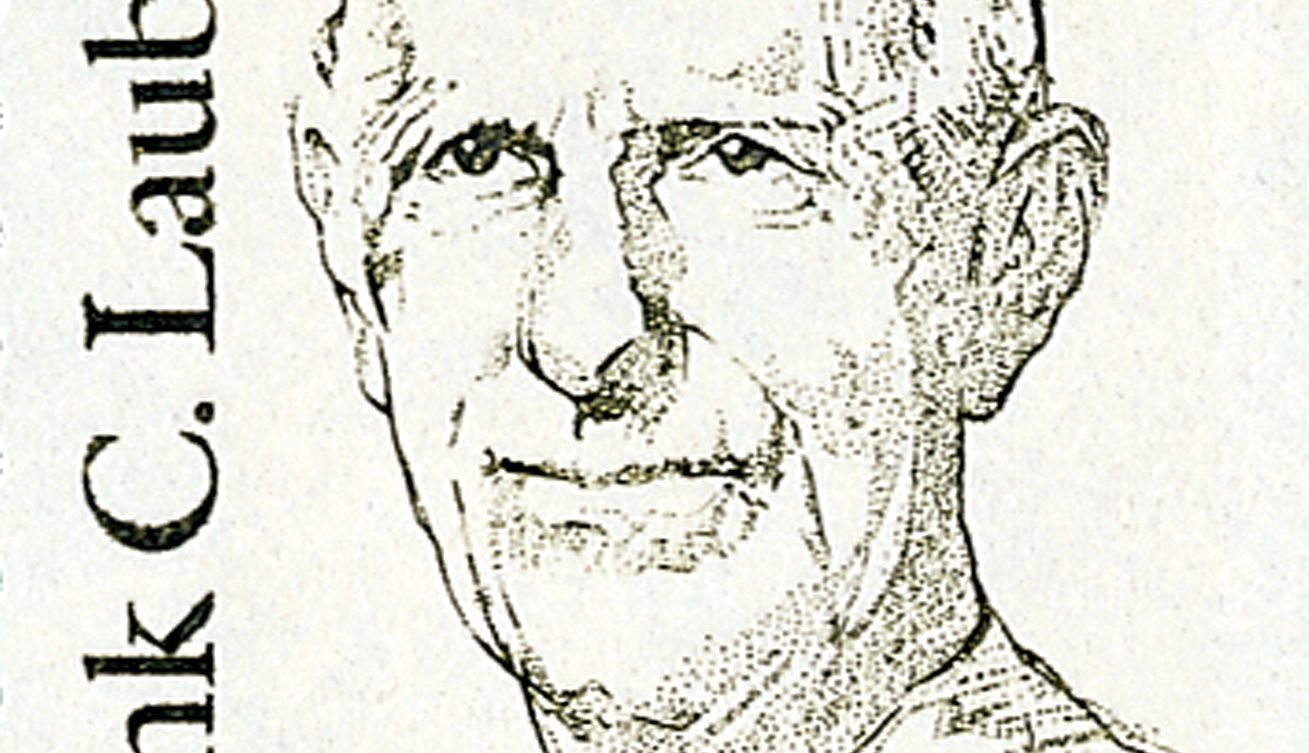
Missionary Frank Charles Laubach was born on September 2, 1884, in Benton, Pennsylvania. He dedicated his life to teaching people around the world to read, visiting more than 100 countries and developing books for 312 different languages.
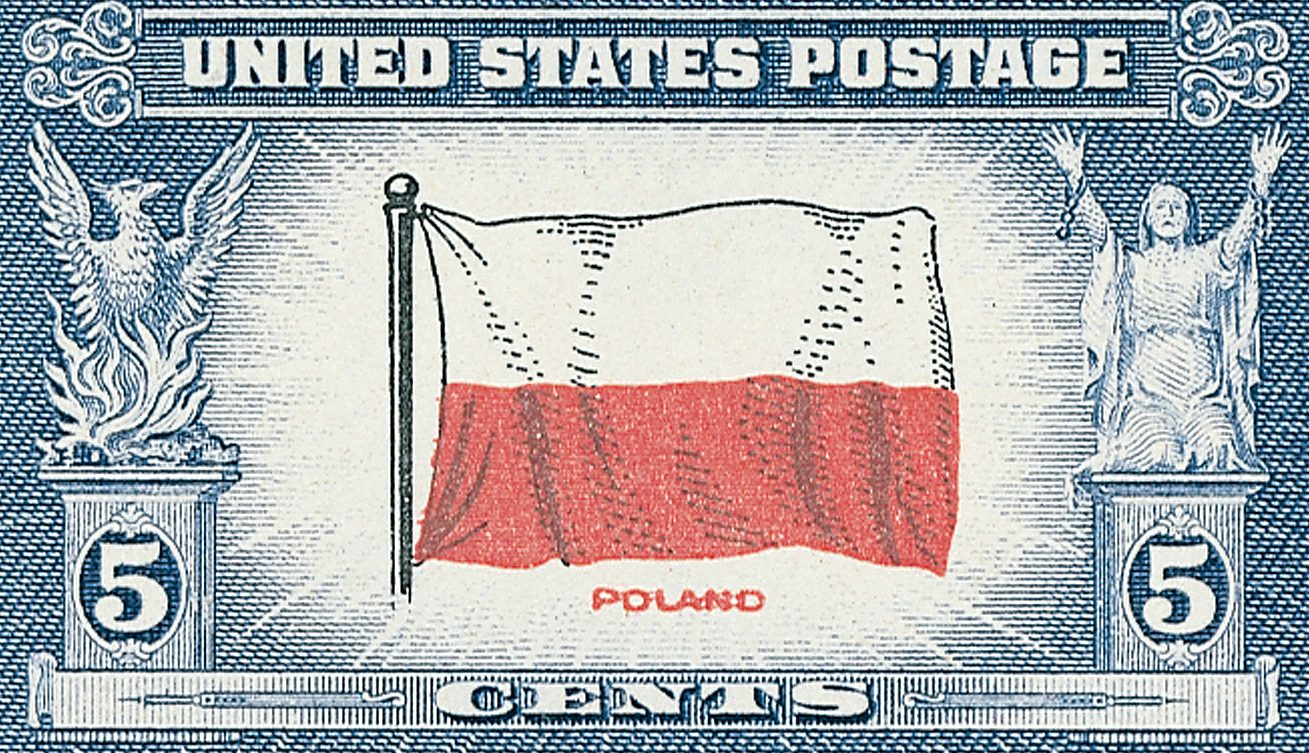
On September 1, 1939, Germany launched a land, sea, and air invasion of Poland, marking the start of World War II in Europe.
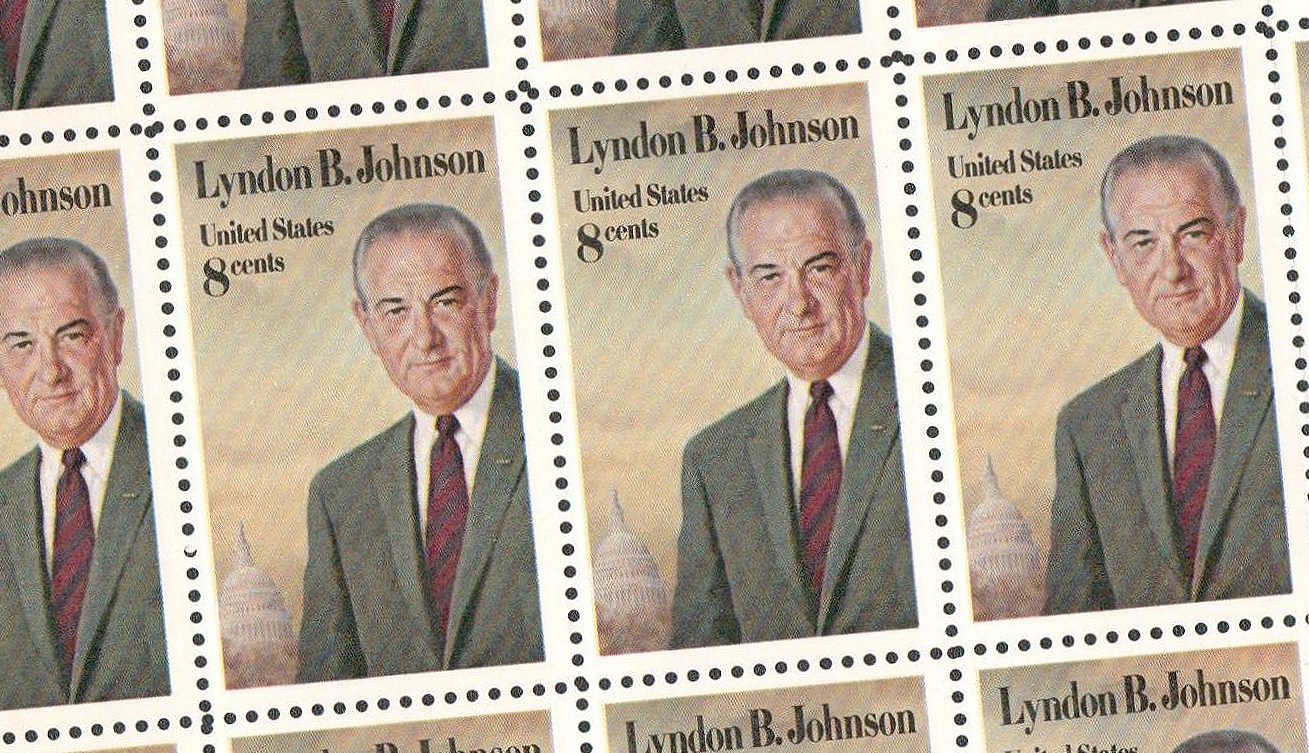
America’s 36th President, Lyndon Baines Johnson, was born on August 27, 1908, in Stonewall, Texas. President Johnson promoted a “Great Society” and signed many initiatives into law aimed at civil rights, public broadcasting, health, education, the arts, and public services.